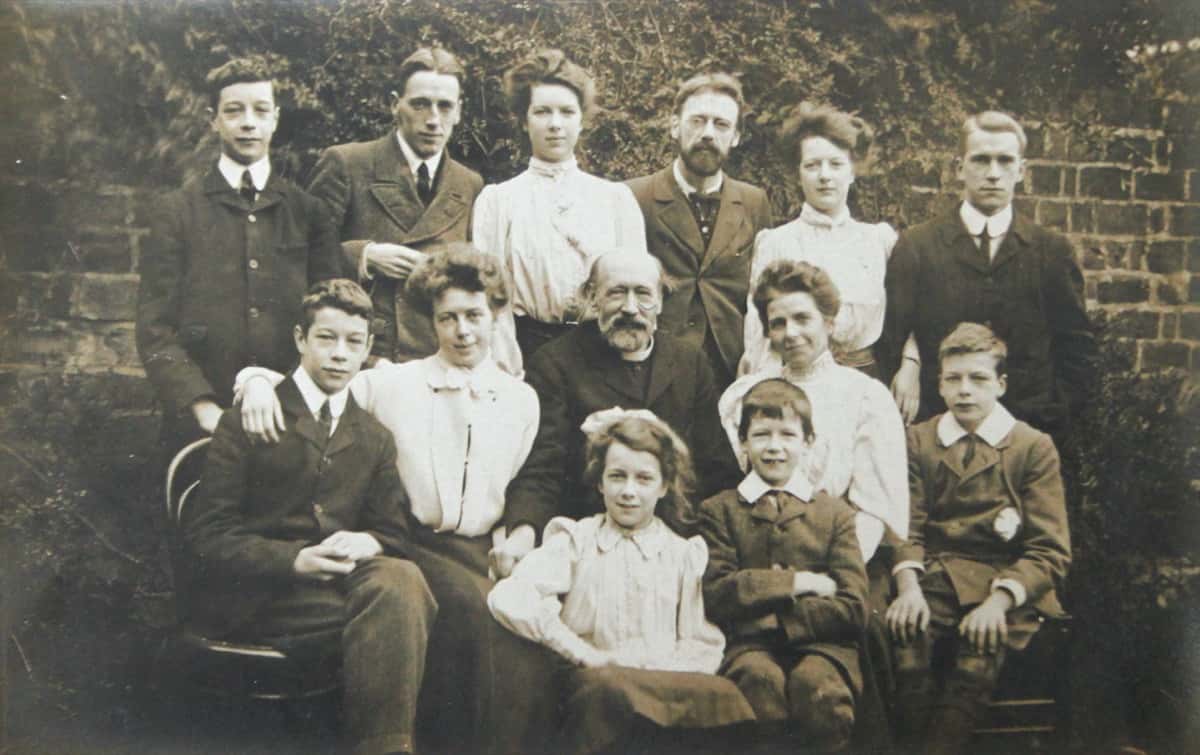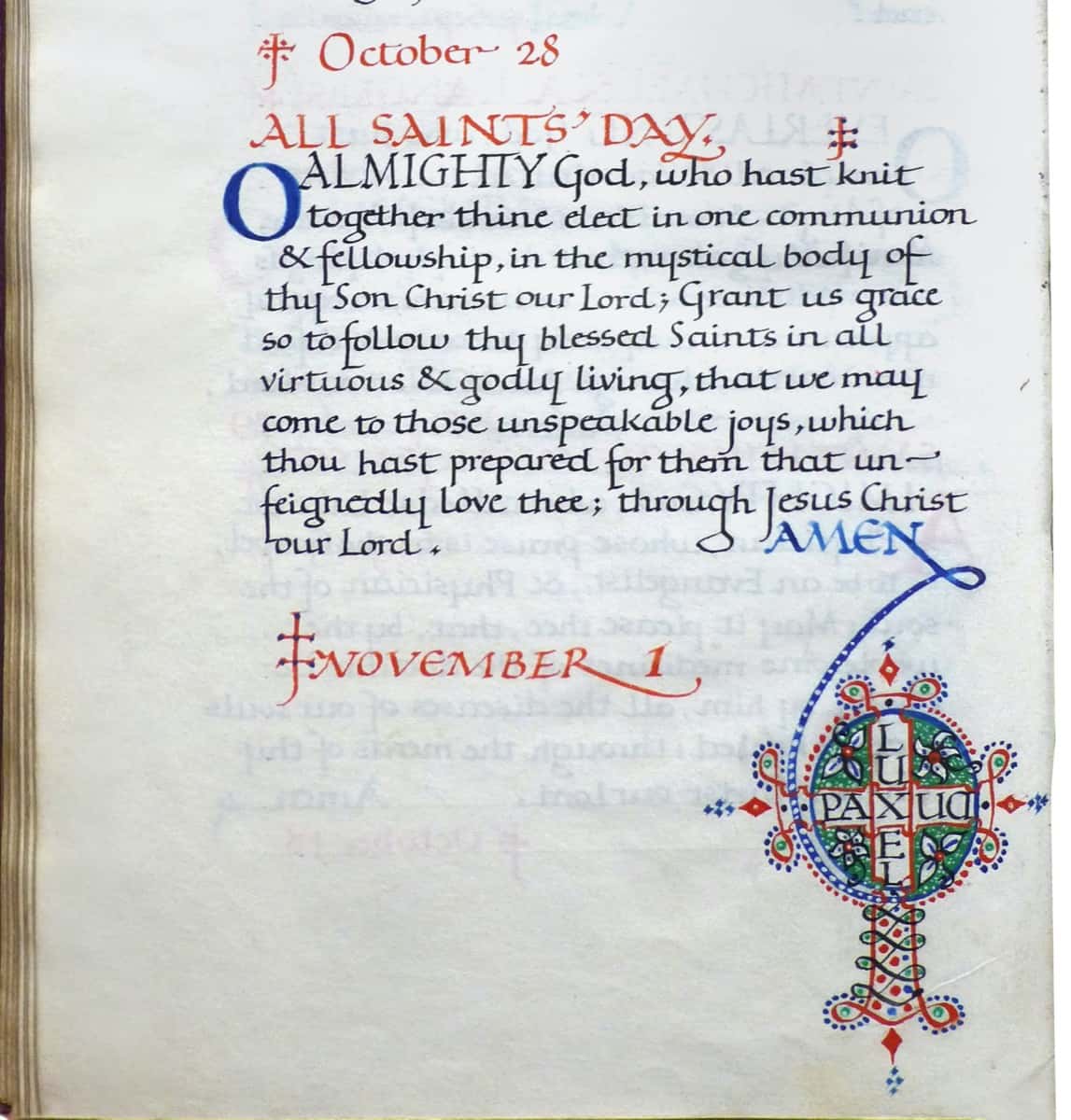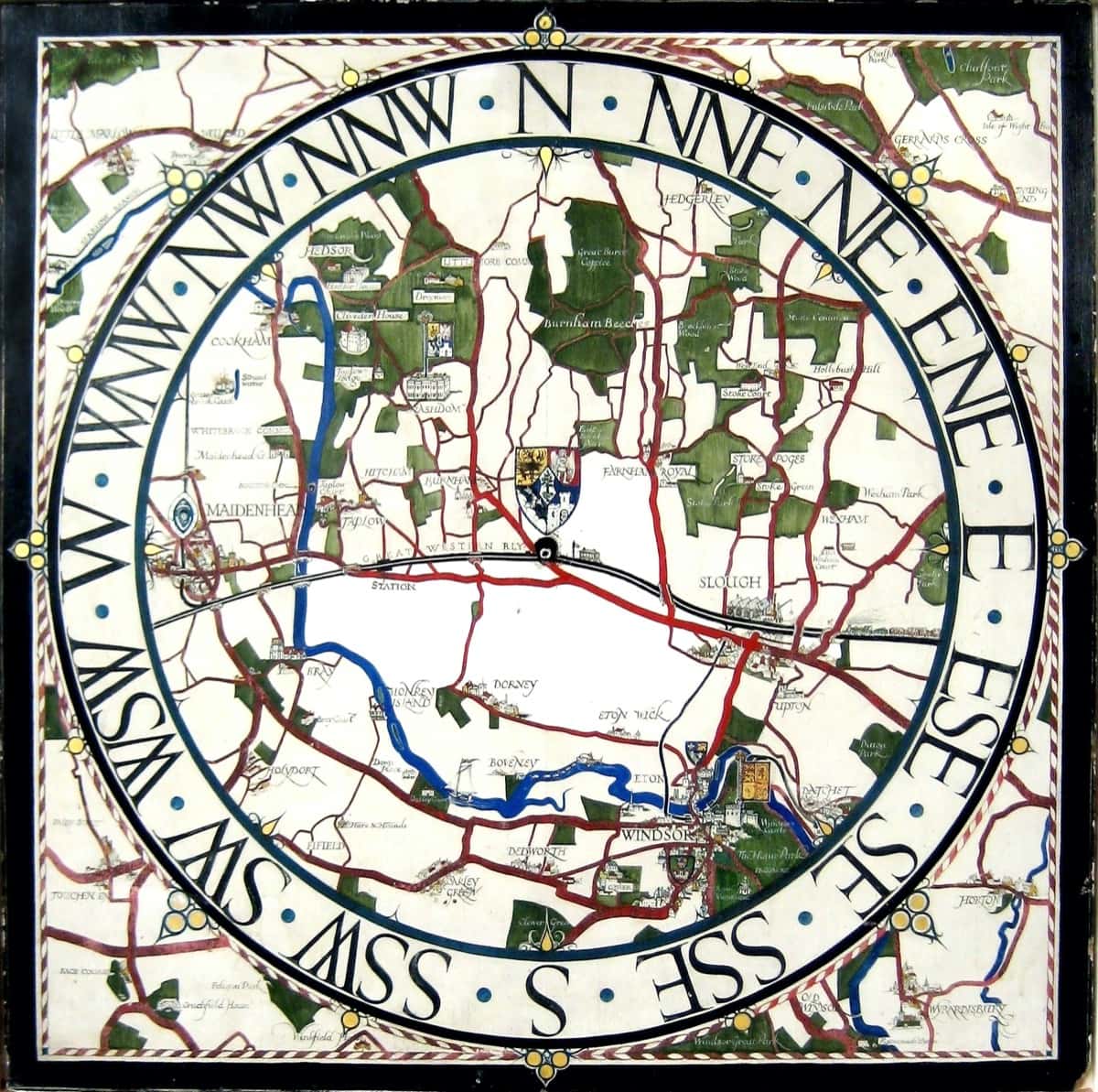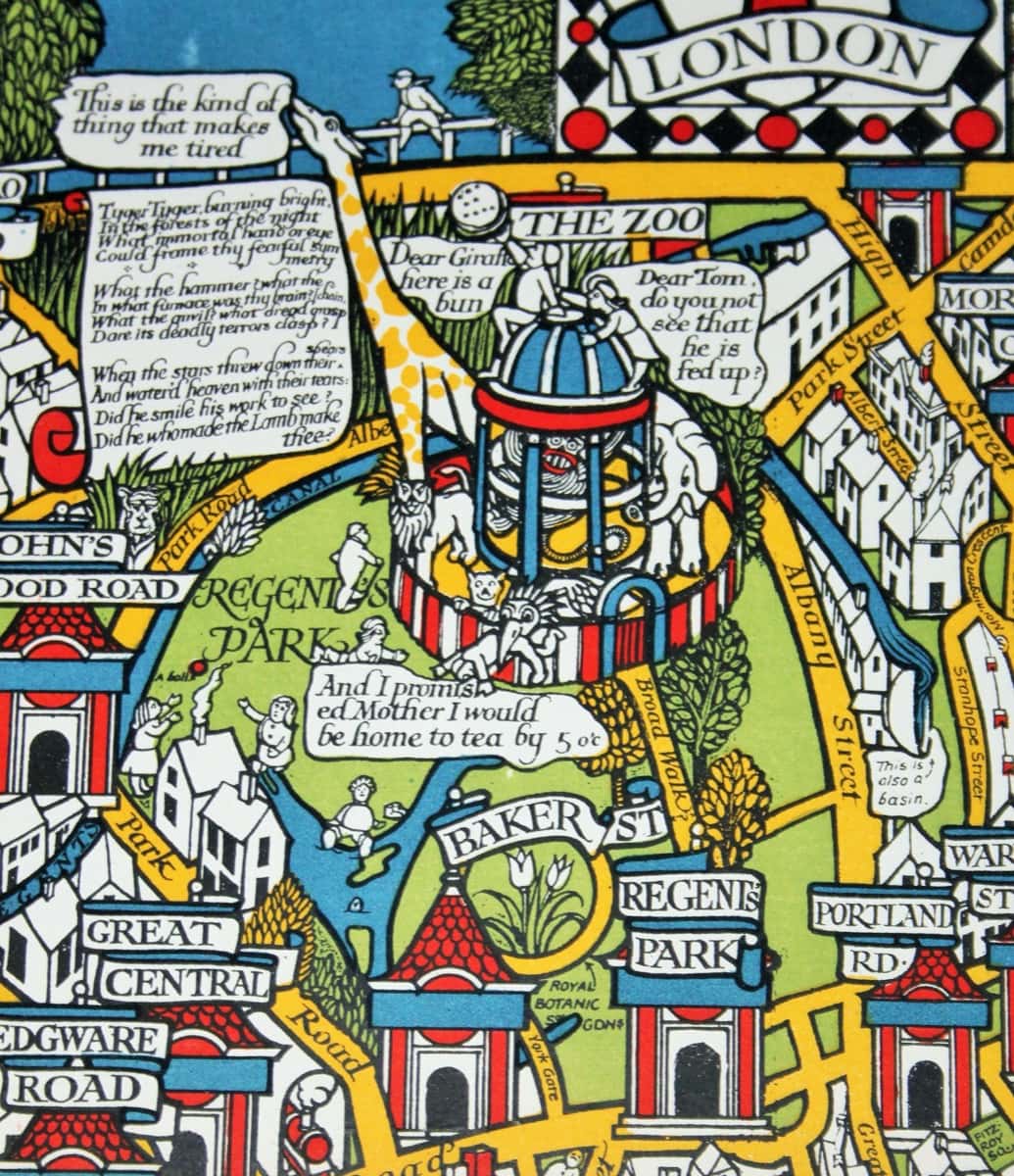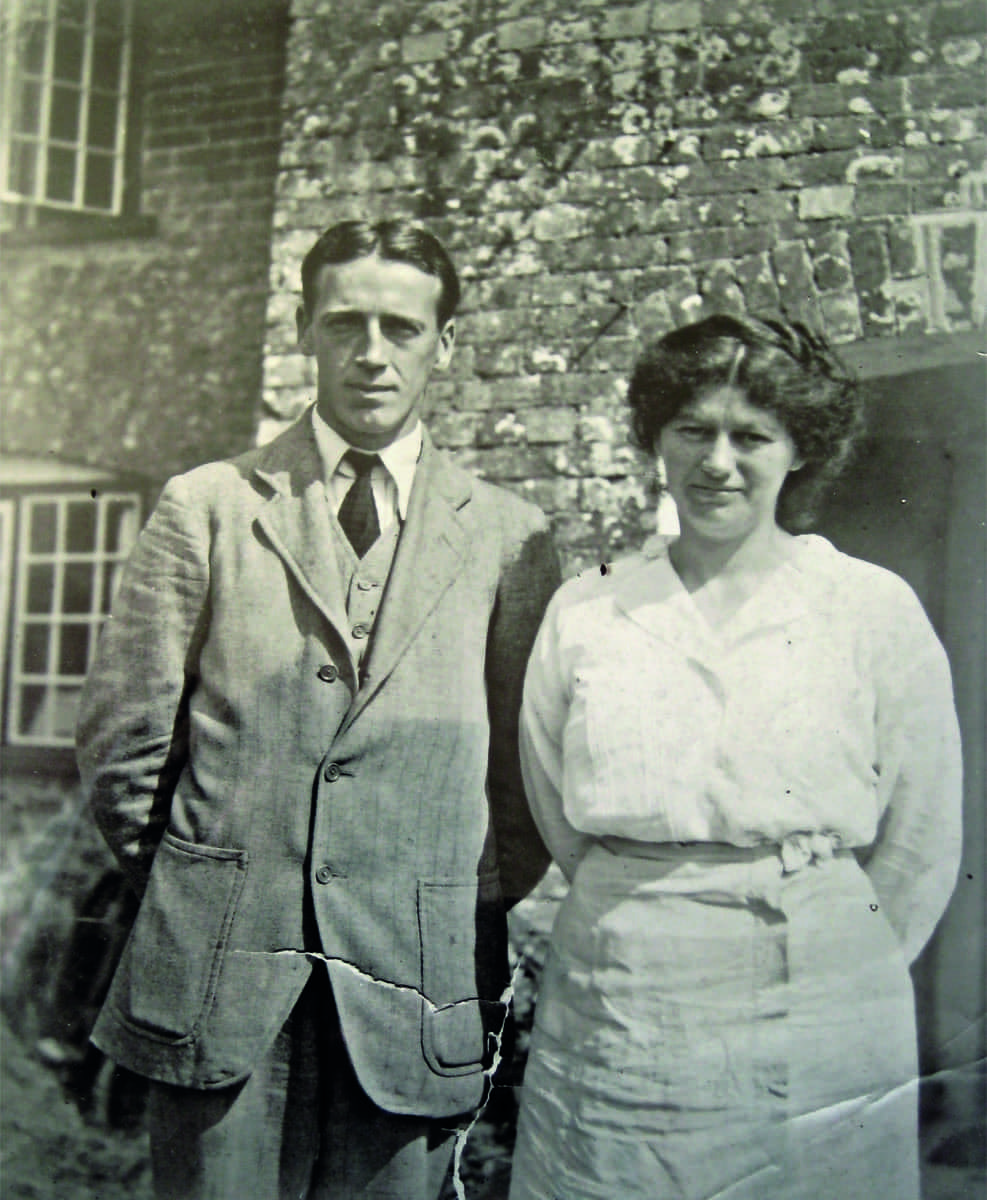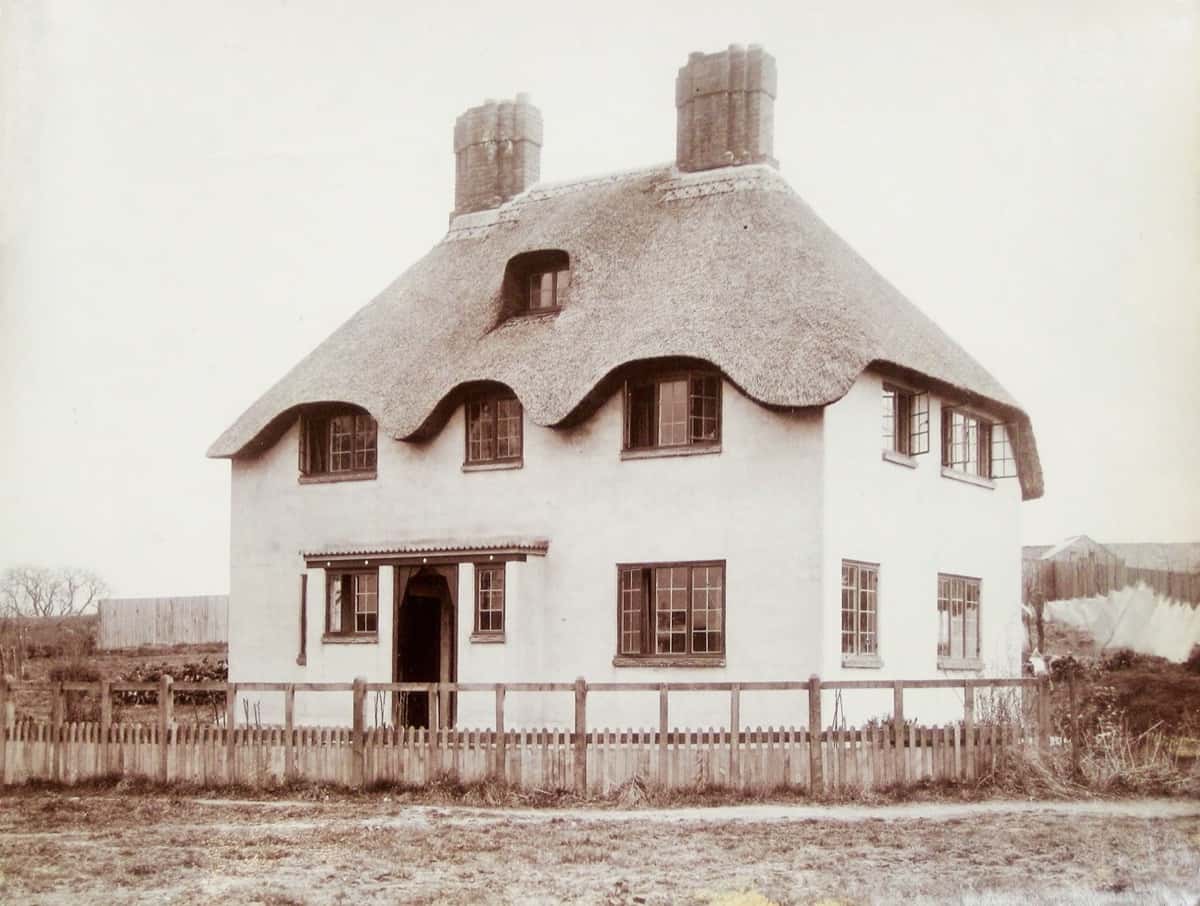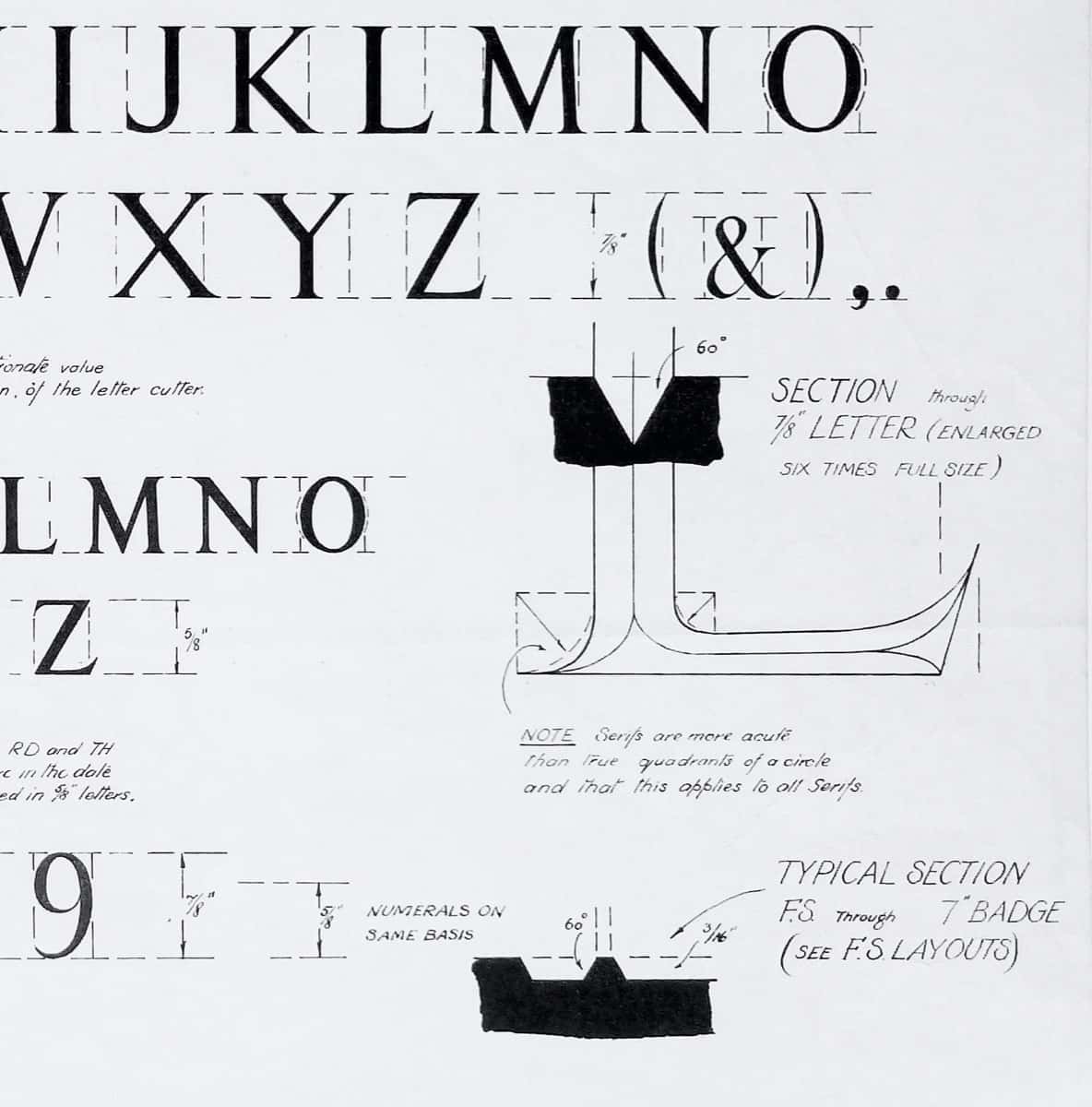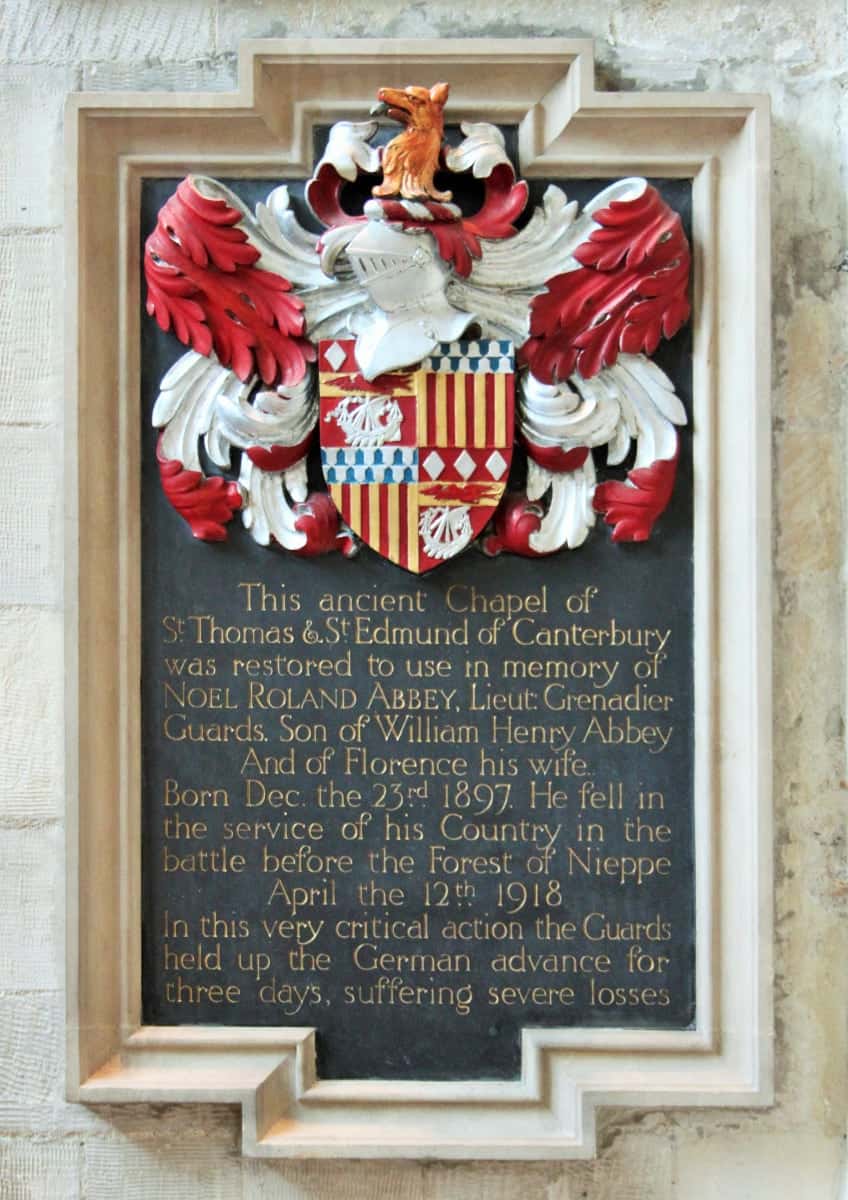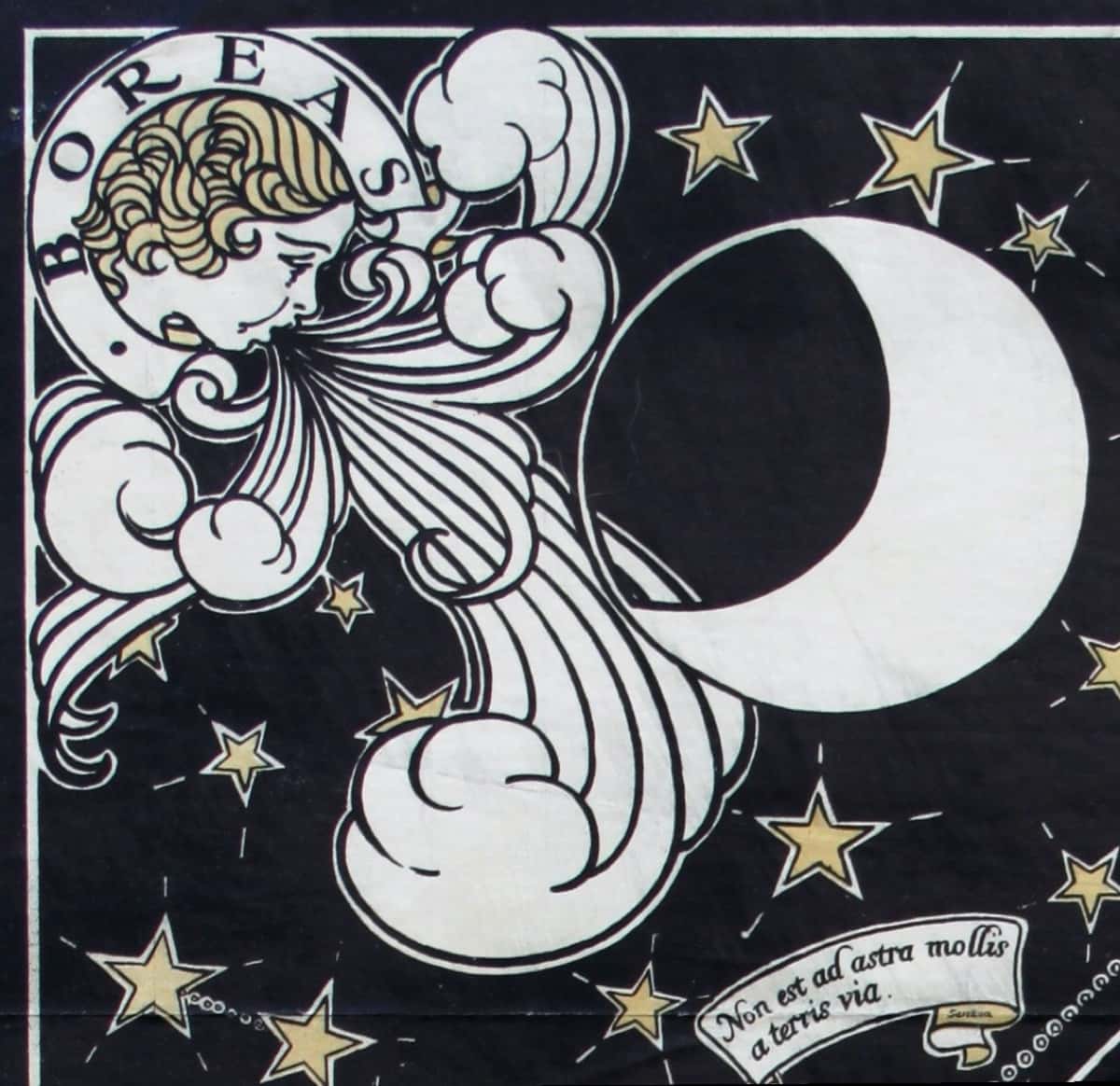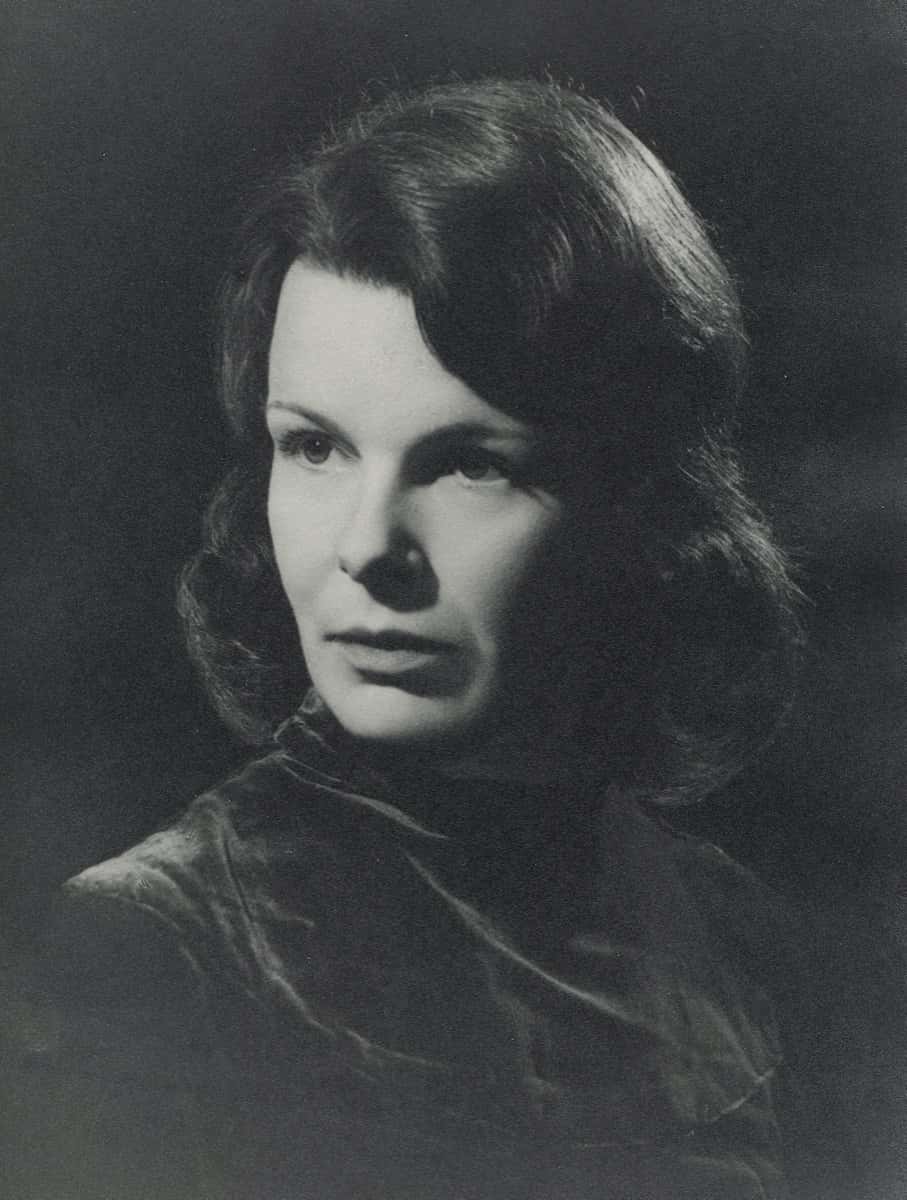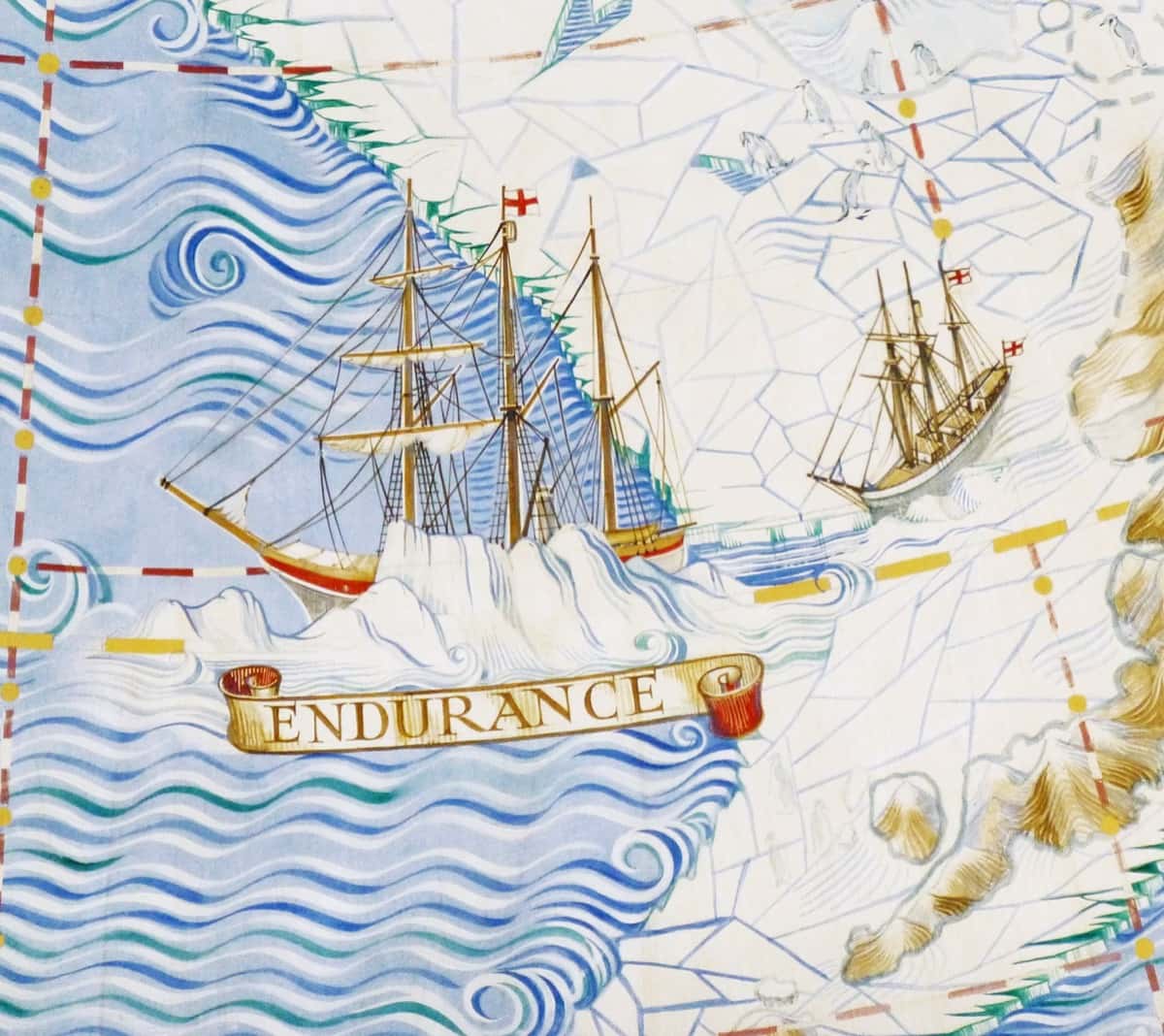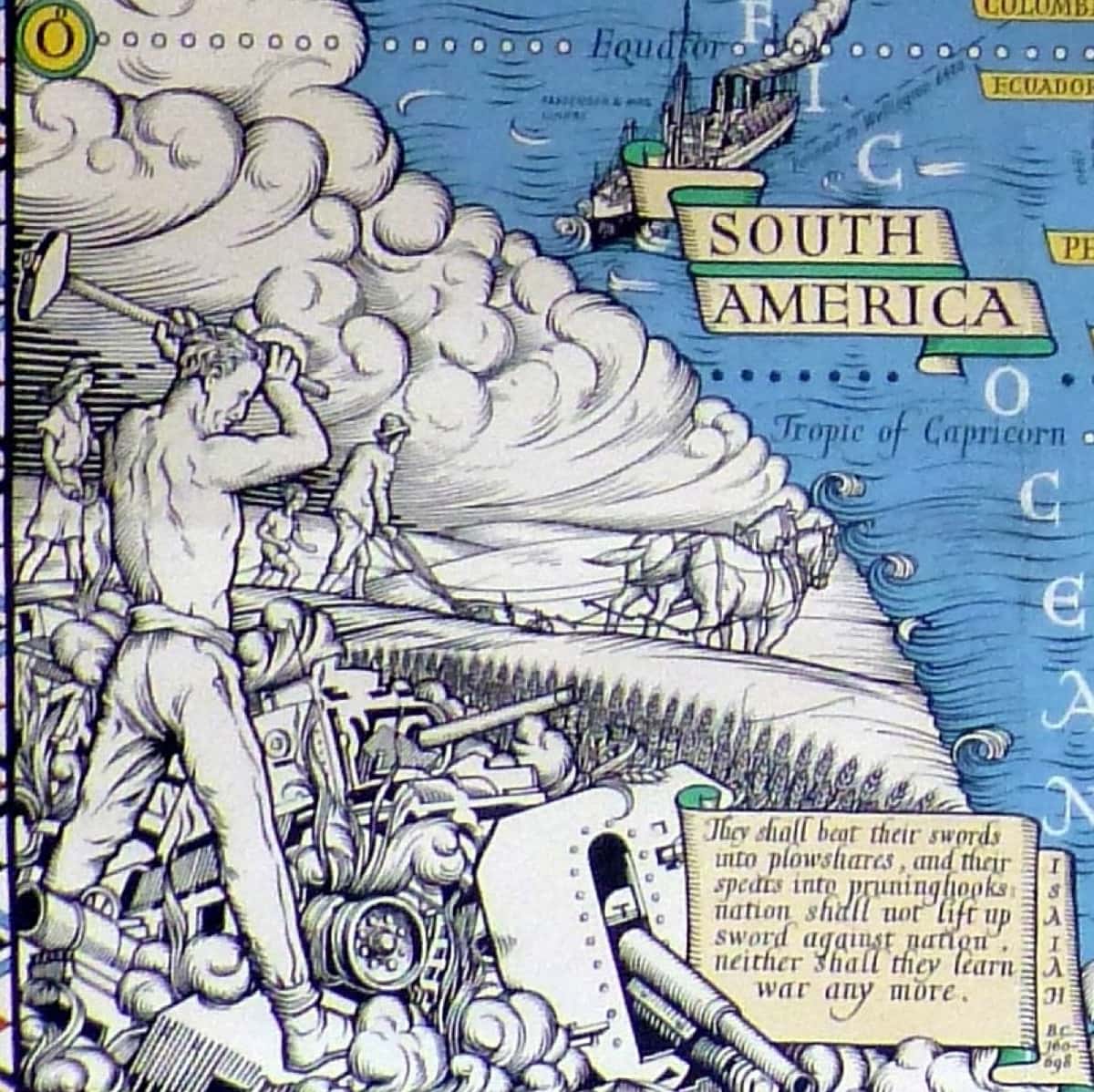From 1903 to 1908 Max was an assistant to Sir Charles Nicholson and Hubert C. Corlette, ecclesiastical architects in Lincoln’s Inn, London. He attended evening classes at the Central School of Arts & Crafts and regularly entered design competitions winning several scholarships and prizes. Halsey Ricardo, his architecture tutor, was a key influence on his career, as was his calligraphy teacher Edward Johnston, who became a close friend. Elegant lettering became an integral element in much of Max’s work. After Johnston’s marriage in 1903, Max and his brother Eric shared their tutor’s old chambers at 16 Old Buildings in Lincoln’s Inn. The focus of Max’s social life in London was the Art Workers’ Guild, where architects and craftsmen met to discuss techniques, projects and events related to the world of the arts and crafts.
BIOGRAPHY
The following is a brief outline of MacDonald Gill’s life and career. You can find the full illustrated story in MacDonald Gill: Charting a Life (see Publications).
Early Life
Leslie MacDonald ‘Max’ Gill was born in Brighton on 6th October 1884. He was the second son in a large family of thirteen children – eleven survived to adulthood. His parents were Arthur Tidman Gill, a Congregationalist minister, and Cicely Rose King, formerly a light operatic singer.
Max showed artistic talent at an early age with drawings of locomotives and Sussex churches. In 1897 their father was ordained into the Church of England and the family moved to Chichester, where Max attended the Prebendal School. in 1899, the family moved again and Max attended White’s Naval Academy (also known as Holyrood College). Shortly after turning sixteen, Max was articled for two years to Leonard Pilkington, a local architect. In 1908 Max set up in private practice, taking on commissions for calligraphy, mural painting and inscription design. He collaborated on a number of works with his older brother Eric, including the magnificent memorial for Dorothea Beale at Cheltenham Ladies College, which Max designed and Eric carved.
The First Years in London
Independence - Memorials, Maps and Murals
In 1908 Max set up in private practice, taking on commissions for calligraphy, mural painting and inscription design. He collaborated on a number of works with his older brother Eric, including the magnificent memorial for Dorothea Beale at Cheltenham Ladies College, which Max designed and Eric carved.
In 1909 the eminent architect Edwin Lutyens commissioned a painted wind-dial for Nashdom, a neo-classical villa in Buckinghamshire. It was Max’s first map commission. He would paint seven more wind-dial maps including a magnificent one at Lindisfarne Castle, the summer home of Edward Hudson, owner of Country Life magazine.
Max was also becoming known as a mural painter. In 1910 he led a group of artists decorating the interior of a mission church in Chelsea and also designed the stage sets for the first production of John Galsworthy’s acclaimed play Justice. And in 1911 Max painted Punch & Judy – one of the seven murals in a controversial scheme organised by the artist and critic Roger Fry to decorate the students’ dining room at the Borough Polytechnic. In 1912 he joined the architect Arthur Grove at 1 Hare Court, which remained his London studio for the rest of his life.
The Wonderground Map of London Town
In the summer of 1913, Gerard Meynell – owner of the Westminster Press – introduced Max to Frank Pick, Publicity Manager for the Underground Electric Railways of London, who commissioned a pictorial map poster. The Wonderground Map of London Town – as it became known – first appeared on station platforms in March 1914, immediately attracting praise from the press and public alike. Bordered with chevrons and heraldic devices, the map depicts a contemporary capital with the latest transport including a B-Type bus and a monoplane looping-the-loop. It is also packed with comic characters, jokes, literary quotes, as well as references to Max’s friends and family. A folded version was soon for sale at bookstalls across the city and within a decade ‘Wonder’ maps began appearing in cities around the world. Max’s poster heralded the use of pictorial maps in the world of commercial publicity; it also marked a turning point in Max’s career. From henceforth he became the go-to artist for pictorial maps. The London Underground alone commissioned another six decorative poster maps over the following decades, including Theatreland in 1915.
The Dorset Years
During the First World War Max was architect-in-residence on Ernest Debenham’s Bladen Estate in Briantspuddle. Lead architect on the project was Max’s former tutor Halsey Ricardo, who designed the first of the model farm buildings and cottages. In 1915 Max married Muriel Bennett, and they settled in nearby Tonerspuddle, where the first two of their three children were born. His contract allowed time for a number of private commissions including the illustration of Nursery Rhymes of London Town, a volume of whimsical verses written by a young Eleanor Farjeon, colourful covers for a host of journals, and a 17-foot tile map for a Windsor alleyway.
An Alphabet for the Military Headstone
In January 1918 Max joined the Imperial War Graves Commission Headstone Committee. As lettering adviser, he was tasked with designing the alphabet and regimental badges for the military headstone. His designs are still used today.
The 1920s
After leaving Dorset in 1919, Max and family moved to Chichester. Inevitably in the post-war years there was a flood of commemorative commissions, but there was also a surge in demand for publicity material, painted maps for wealthy patrons and poster maps for London Underground and Shell-Mex. With this increasing workload, Max recruited William Kingswell – a skilled signwriter – initially to assist him with the later lettering on the Roll of Honour for the Royal Sussex Regiment in Chichester Cathedral. There were also many architectural jobs including local church alterations and house-design.
In 1926 Max, Muriel and their three children moved to South Nore, a house built to his design in West Wittering. On New Year’s Day 1927 Max’s traffic-stopping poster depiction of the Empire poster Highways of Empire was unveiled on city hoardings across the kingdom and was hailed as a sensation. It was one of eight posters he would design for the Empire Marketing Board. There were also painted maps for various private clients including the former Prime Minister Lloyd George and murals for churches such as St Andrew’s in Roker, Sunderland, where he and a team of assistants created scenes representing The Creation.
The 1930s
Max’s marriage had been faltering for some time and in early 1933 he fell in love with Priscilla, youngest daughter of Edward Johnston. He had seen little of his god-daughter since her childhood, and she was now an attractive young novelist living in London. At this time Max was designing a 14-foot-high tapestry map of South Africa and soon after finishing this, Priscilla became his assistant, helping him research A Map of Ceylon showing her Tea and other industries.
The General Post Office commissioned a new emblem in 1934, followed by three pictorial posters including GPO Radio-Telephone Services (1935), Mail Steamship Routes (1937) and Wireless Stations (1939) as well as a decorative telegram to celebrate the coronation of George VI. One of the most challenging jobs of the decade was the design of two large circular glass maps for the Imperial Airways stand at the 1937 International Exposition in Paris and the following year he completed a 200-foot-long mural for the UK Pavilion at the Glasgow Empire Exhibition. There were also commissions to paint map panels for the Guildhall in Cambridge and the County Hall in Hertford.
In 1938 Max separated from his wife Muriel and set up home with Priscilla in Chelsea. They also found a tumbledown cottage in a remote corner of Sussex which became their main home during the war.
The Second World War
In WW2 Max commissioned by the Ministry of Information to design maps showing natural resources and to create graphics for several propaganda and military training films. However, the two most popular and striking of his wartime posters were Tea Revives the World, a giant poster containing a miscellany of facts about the nation’s favourite beverage, and The Time & Tide Map of the Atlantic Charter which celebrates the list of peacetime aims drawn up by President Franklin Roosevelt and Prime Minister Winston Churchill in 1941.
The Last Years
After the war Max created one final poster map – the Cable & Wireless Great Circle Map.
In May 1946 he and Priscilla married but their happiness was short-lived. Just days after finishing a painted map for the Cunard liner Queen Elizabeth in August that year he was diagnosed with cancer. His painted map showing the University of London colleges was unfinished at the time of his death on 14 January 1947. He is buried in Streat, Sussex.
